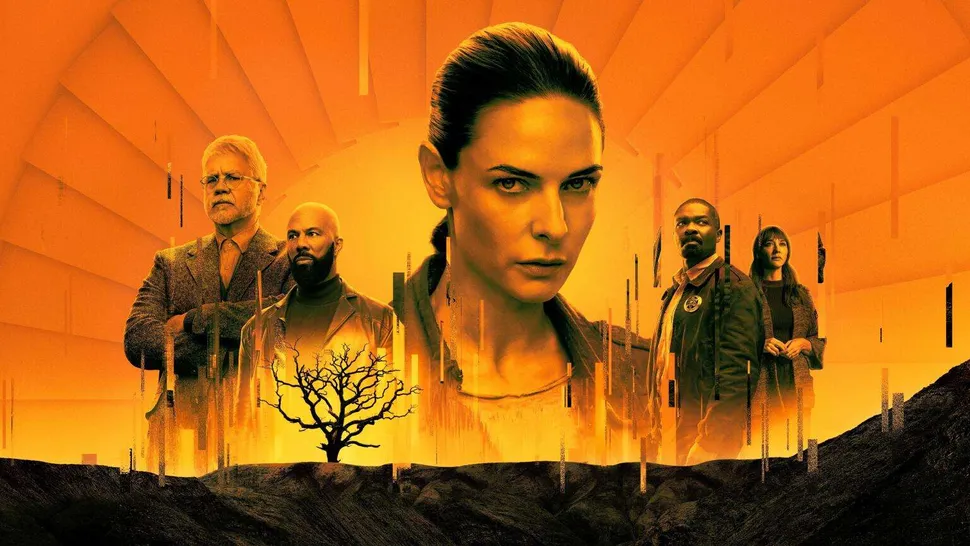Storytelling is an ancient art that has shaped human history. Whether through oral traditions, written literature, or visual mediums, stories provide a way to understand the world, communicate experiences, and connect with others deeply and emotionally. Today, in our globalized world, the importance of storytelling is amplified. Different cultures, individuals, and experiences weave together a rich tapestry of narratives, offering various perspectives. These multiple stories entertain, educate, inform, and inspire.
This article will discuss [your topics | multiple stories], exploring how different narratives create meaning, foster empathy, and influence our everyday lives.
The Power of Your Topics | Multiple Stories in Human Connection
The most compelling aspect of storytelling is its ability to connect people. Despite cultural, language, or geographical differences, stories have a universal power to unite individuals. When people share their journeys, others can relate emotionally. This deep connection, often formed through [your topics | multiple stories], helps to foster mutual understanding and empathy.
Stories create a bridge between individuals and cultures. Through them, we explore diverse perspectives, gaining insight into different lives. We learn about struggles, triumphs, and personal experiences that open our eyes to the larger human experience. Whether through a short story, a novel, or a conversation, [your topics | multiple stories] allow us to step into another’s
From Folk Tales to Modern Media
Throughout history, storytelling has evolved dramatically. Ancient civilizations passed down tales orally, preserving their cultural identity and wisdom. These stories were often moral lessons wrapped in captivating narratives. Folk tales, legends, and myths filled the imaginations of generations, ensuring cultural continuity and shared values.
As we moved into the age of the printed word, storytelling became more accessible. Books, plays, and poetry allowed stories to be captured and shared across borders. Fast-forward to the 21st century, and we now see the rise of digital media and platforms like film, podcasts, and social media. In this digital age, [your topics | multiple stories] have become more important as they navigate new technologies to reach broader audiences.
The Role of Your Topics | Multiple Stories in Education
Education, both formal and informal, is deeply tied to the art of storytelling. Stories are often used as a teaching tool because they present information in a way that’s easy to understand and remember. From childhood, we learn through stories—fairy tales teach lessons about morality, while fables often provide wisdom about life’s complexities.
Teachers use [your topics | multiple stories] to engage students in classrooms today. Whether discussing historical events, scientific discoveries, or social issues, weaving stories into lessons makes the content more relatable. When students connect emotionally to the subject matter through narratives, they are more likely to retain the information and develop critical thinking skills.
Additionally, storytelling in Education helps build empathy. For example, when students read stories about people from different cultural backgrounds or people who have faced significant challenges, it broadens their understanding and encourages compassion.
Personal Narratives: The Power of Sharing Your Story
Each of us has a story to tell. Personal narratives are a powerful way to share individual experiences, ideas, and reflections with others. When people are vulnerable and open in sharing their stories, it can lead to deep connections and inspire others.
Take, for example, memoirs and autobiographies. These forms of personal storytelling allow readers to dive into the intimate details of someone’s life and learn from their experiences. In fact, individual narratives are often the most relatable type of story because they deal with real-life issues—whether overcoming adversity, achieving a personal goal, or learning a valuable lesson.
Another aspect of personal storytelling is its ability to empower. When individuals share their stories, they often find a sense of liberation, as telling one’s son is a way of processing emotions and finding closure. In the broader sense, personal storytelling helps communities bond over shared experiences, such as during times of crisis or celebration.
Storytelling and Cultural Identity
Cultural identity is deeply rooted in the stories we tell. Every culture has its own stories, legends, and traditions that shape how its people understand themselves and their place in the world. Whether it’s a theological tale that explains natural phenomena or a historical story passed down through generations, these narratives help form collective identities.
[Your topics | multiple stories] play a crucial role in preserving cultural heritage. Oral histories, for example, are how many Indigenous cultures pass down their traditions, values, and histories. By sharing these stories, communities keep their culture alive and ensure that future generations understand their heritage.
In today’s cultural societies, there is an increasing focus on representing diverse voices. This means acknowledging and honoring the multiple stories within a single community or nation. The result is a richer, more inclusive understanding of culture, where people from all walks of life can feel represented and valued.
Fiction vs. Nonfiction: The Impact of Different Storytelling Forms
One of the most exciting aspects of storytelling is the diversity of formats it can take. Fiction and nonfiction are two broad categories, but within them exists a multitude of sub-genres that cater to different audiences and purposes.
With its creative freedom, fiction allows authors to explore ideas, themes, and worlds that may not exist in reality. Whether it’s a fantasy novel set in a magical land or a dystopian story that critiques society, fictional narratives provide a space for imagination and creativity. These stories can offer escapism, challenge perceptions, and inspire change.
Nonfiction, on the other hand, focuses on real events and people. This category includes biographies, essays, journalistic accounts, and documentaries. Nonfiction storytelling is often used to inform, persuade, or raise awareness about issues that impact society.
Both types of storytelling are compelling because they can evoke emotions and provoke thought. Even though the forms differ, both fiction and nonfiction offer valuable insights into [your topics | multiple stories] and the human condition.
The Blending of Genres
Interestingly, we are seeing an increasing blend of fiction and nonfiction storytelling. Take narrative journalism, for example—journalists are now using literary techniques to tell real stories in a way that reads like fiction. Similarly, memoirs often adopt fictional elements to enhance the story’s emotional resonance.
This blending of genres showcases how versatile storytelling can be. It allows for creative expression while still delivering factual information. It also highlights the importance of stories in representing multifaceted nature.
The Digital Era: How Your Topics | Multiple Stories Are Evolving
With the rise of technology, storytelling has evolved in unprecedented ways. The internet, social media, and mobile platforms have opened up new possibilities for how stories are told, shared, and consumed. In this digital age, we are no longer confined to traditional forms of storytelling like books and films; we now have podcasts, blogs, vlogs, social media threads, and even interactive digital narratives.
One of the biggest advantages of digital storytelling is accessibility. Stories from around the world are now available at our fingertips, making it easier than ever to explore different perspectives. Platforms like YouTube, Instagram, and TikTok allow users to share [your topics | multiple stories] with global audiences, often in real time. This democratization of storytelling means that everyone, regardless of their background, can share their voice.
Moreover, the rise of interactive and immersive storytelling, such as virtual reality (VR) and augmented reality (AR), pushes the boundaries of how we experience stories. These technologies allow users to actively participate in the narrative, blurring the lines between storyteller and audience.
The Future of Your Topics | Multiple Stories
As we look toward the Future, storytelling’s Role will only continue to grow. With technological advancements and new platforms emerging, sharing and consuming stories will become even more diverse.
Artificial intelligence (AI) is already being used to create stories, from AI-generated novels to chatbots that tell interactive stories. While some fear this could diminish authenticity, others see it as a new frontier for greater experimentation and creativity.
At the same time, there is a growing movement toward preserving traditional forms of storytelling, ensuring that the wisdom and cultural significance of oral histories, folk tales, and other age-old narratives are preserved in the digital shuffle.
Conclusion: Embracing the Power of Your Topics | Multiple Stories
The art of storytelling is deeply embedded in the human experience. From ancient oral traditions to modern digital narratives, stories continue to shape how we see the world, connect with others, and make sense of our experiences. By embracing [your topics | multiple stories], we open ourselves to a richer, more empathetic understanding of the world around us.
As we progress, the ability to tell and listen to stories will remain vital for fostering human connection, Education, and cultural identity. So, whether you reshare a personal anecdote, write a novel, or create a digital narrative, remember that your story can make a difference. In a world full of diverse experiences, every story matters.off Your Topics | Multiple Stories


















